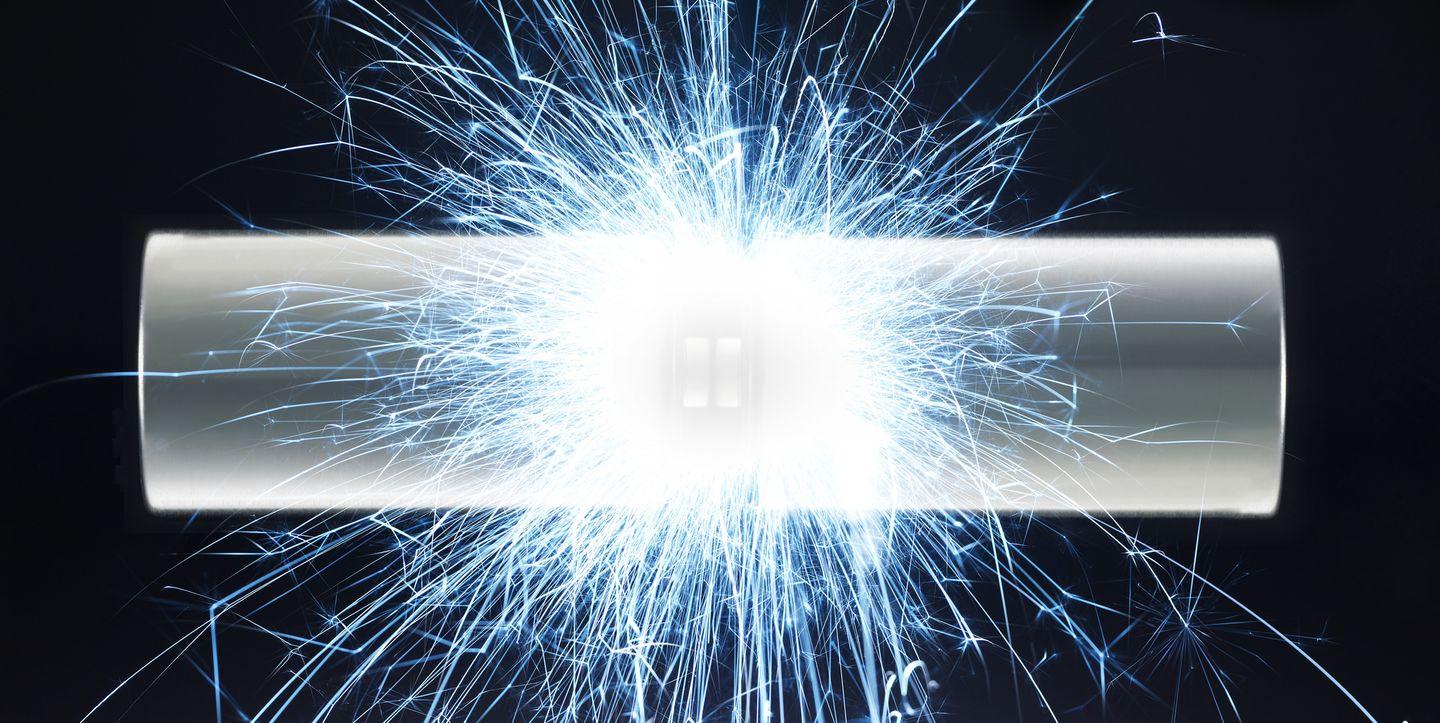
finance.yahoo.com
The Radioactive Diamond Battery That Will Run For 28,000 Years
It's powered by nuclear waste, but still safe for humans.
Science & Tech
We know—that sounds wild. The potential game-changer comes from the U.S. startup NDB, which stands for Nano Diamond Battery, a “high-power diamond-based alpha, beta, and neutron voltaic battery” its research scientist founders say can give devices “life-long and green energy.”
Could NDB’s bold claim actually become a reality?
To build its nano diamond battery, NDB combines radioactive isotopes from nuclear waste with layers of paneled nano diamonds. Diamonds are a rare thing to begin with, but their extremely good heat conductance makes them even more unusual in the realm of construction of devices. Micro-sized single crystal diamonds move heat away from the radioactive isotope materials so quickly that the transaction generates electricity.
Scientists presented the first known diamond nuclear voltaic (DNV) battery concept using waste graphite from a graphite-cooled nuclear reactor. The radioactively contaminated graphite could last thousands of years, with the heat-conducting diamonds pulling that energy away into electricity alongside it the whole time. NDB’s concept is the same, but with layers and layers of the diamond and radioactive waste panels to equal higher total amounts of energy.
You’re probably wondering what the catch is. The diamond battery uses nuclear waste, lasts thousands of years, and involves layers of only the tiniest possible diamonds? That all sounds fantastic. But the truth is more complicated. Each battery cell will produce only a minuscule amount of energy, so the cells must be combined in huge numbers in order to power regular and larger devices.
There are also some simple questions about logistics. How can a battery made from radioactive waste be safe for human use? There’s a reason it’s so complex and expensive to “dispose of” nuclear waste. It’s also costly to produce the nano diamonds because, well, diamonds are just expensive. That’s before any manufacturing takes place.
NDB addresses these questions on its corporate site:
“The DNV stacks along with the source are coated with a layer of poly-crystalline diamond, which is known for being the most thermally conductive material also has the ability to contain the radiation within the device and is the hardest material, [12] times tougher than stainless steel. This makes our product extremely tough and tamperproof.”
The present day and the future are both littered with applications for a small, almost indestructible battery cell. You could own one watch with a single battery and pass it down for generations without a change. Even nuclear microreactors designed to last decades without any maintenance are made into battery cells.
Diamond batteries could also power certain kinds of spacecraft like satellites. The 28,000-year claims are based on low-power space applications like this, where, say, a Voyager-like space probe could function on a tiny amount of energy over an extremely long time.
And if enough of these battery cells are combined, they still could power regular stuff, keeping our small LED displays lit up, for example, while providing thrust for human spacecraft or electric cars.
After working on its battery since 2012, NDB says it will finally have a working product in 2023. The world will be waiting.
























































